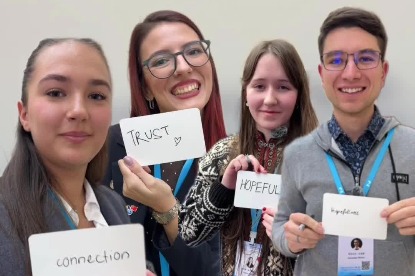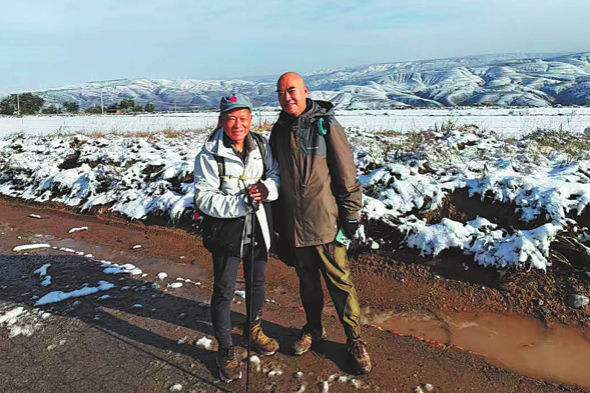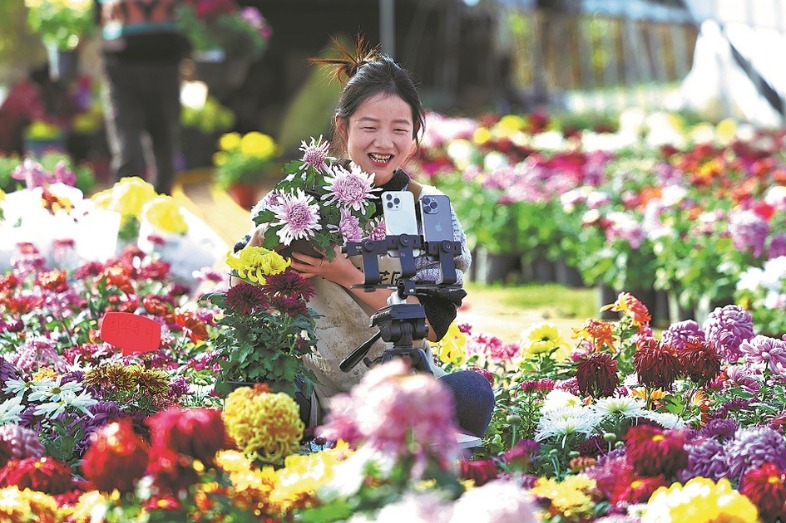Village helps blaze trail with vaccinations

One of the most common and fatal tumor diseases affecting women in China, cervical cancer caused 47,739 deaths in 2018. In the same year more than 100,000 women nationwide contracted cervical caner, according to the International Agency for Research on Cancer. The number is about 20 percent of the total worldwide.
Qiao Youlin, professor of epidemiology at the Cancer Hospital, Chinese Academy of Medical Sciences and Peking Union Medical College's School of Population Medicine and Public Health in Beijing, said the incidence of and deaths related to the disease have risen over the past two decades in China. This is because sexual intercourse is taking place at a younger age than in previous generations, increasing exposure to potential HPV infection, Qiao said.
The World Health Organization regards vaccination as the primary method to prevent cervical cancer. In 2018, Tedros Adhanom Ghebreyesus, its director-general, called for action to eliminate the disease and recommended that girls ages 9 to 14 get HPV vaccinations.
Qiao said most Asian countries and regions, including China, mainly target middle school students ages 13 to 15 for vaccination.
The WHO has a target for all member states to provide HPV vaccinations to 90 percent of girls under 15 by 2030, he added.
At the launch of the vaccination program in Ordos on Aug 1, Li Yinuo, chief representative of the Bill & Melinda Gates Foundation's Beijing office, said that fewer than 1 percent of Chinese girls ages 9 to 15 may have received the vaccinations.
Li said cervical cancer kills more than 270,000 women worldwide every year and is the third most-common cancer among Chinese women ages 15 to 44.However, it is also the only malignant tumor that can be effectively prevented by vaccination, she added.
"The program in Juungar Banner will provide direct and effective protection for girls and prevent them contracting the disease," she said, adding that it also shows that society cares about women, especially those from low-income families.
Challenges ahead
The first HPV vaccine was put on the market in 2006. Since then, 104 countries have provided free inoculations for groups of young women, according to media reports.
However, the vaccine still faces challenges such as limited supplies, pricing and public awareness, Li said.
"Juungar Banner will set an example for other regions, and the program will also help promote health throughout the world," she said, adding that the foundation is working with the WHO and the Global Alliance for Vaccines and Immunization to promote HPV vaccines in middle-and low-income countries.
"Only through government investment and the immunization program making progress can vaccines become accessible for everyone, especially the poor," Li said. She called for efforts to be made by the authorities, private institutions and charities to achieve this goal.
Tao Lina, a former vaccine expert at the Shanghai Center for Disease Control and Prevention, said other regions, especially those with strong economies, can learn from the experience in Juungar Banner to conduct similar programs.
"The area has set an example, but whether the practice can become popular depends on financing and ideas from decision-makers," he said, adding that it may be possible to conduct programs in cities such as Beijing and Shanghai.
Late last year, China approved its first domestically produced HPV vaccine for females ages 9 to 45, providing an alternative to products from overseas drug makers, according to the National Medical Products Administration.
The vaccine went on the market in May, with each dose costing 329 yuan, compared with about 600 yuan for imported vaccines. Girls ages 9 to 14 only need two doses of the domestic vaccine, but three doses of imported products are required.
Yu Luming, a national political adviser who submitted the proposal in May to offer girls ages 9 to 14 free HPV inoculations, said supply shortages and the high price of imported products are affecting the popularization of HPV vaccines, but using domestic alternatives means that more women can afford them.
He added that being vaccinated costs much less than the medical treatment for cervical cancer.
Yu also suggested increasing supplies of domestic HPV vaccines by optimizing the approval process, reducing dependence on imported products and giving financial support to developing regions.
- Top court urges stricter regulation of minors' online behavior
- Ministry issues new work injury insurance guide
- New guidelines safeguard seniors' prepaid care fees
- Changzhou trials upgraded 'cloud bus' system for rural mobility
- Black-necked cranes return to Guizhou's Caohai reserve for winter
- Top political advisor calls for sound formulation of 2026 consultation plan





































